The Unfolding Trade Chessboard: Trump's Tariffs and the Global Response
Dive deep into Trump's tariff playbook. Uncover the strategic intent, global economic ripples, and ongoing legal battles shaping his controversial trade agenda.
The Strategic Pause: Unpacking the Delayed Tariff Rollout
Donald Trump's administration, known for its decisive and often abrupt policy shifts, implemented a curious tactical delay in the rollout of its sweeping new tariffs. Initially slated for August 1st, the higher duties on foreign imports were pushed back a week to August 7th. This wasn't a sign of hesitation or a change of heart, but rather a practical maneuver. According to a government official, the primary reason for this strategic pause was to grant customs and border authorities the necessary time to 'implement' the new system effectively. This delay wasn't limited to specific goods; it broadly applied, notably encompassing the 15 percent tariff rate imposed on imports from the . The decision followed the signing of a decree by President , outlining new customs regulations that would significantly increase tariffs for dozens of nations with whom the US claimed a trade deficit. While the public might have perceived this as a slight softening, it was, in essence, a logistical adjustment to ensure the smooth, albeit contentious, launch of a new economic offensive.
America First, Globally Tested: The Core Philosophy Behind Trump's Tariffs
At the heart of Donald Trump's tariff offensive lay the unwavering '' doctrine, a philosophy that viewed global trade through a lens of perceived imbalance and unfair practices. Trump consistently argued that other nations were either imposing excessively high tariffs on American goods or keeping their markets unduly closed, leading to significant trade deficits for the United States. His public statements, including the declarative 'Tariffs make America GREAT and RICH' on Truth Social, encapsulated this belief. The administration's actions were far from indiscriminate; they were meticulously targeted. Tariffs ranged from 10 percent on imports to a staggering 50 percent on goods from , with the facing 15 percent, 39 percent, and 25 percent. This aggressive approach aimed to 'restructure world trade to the benefit of American workers,' as articulated in a White House document. Yet, this vision faced immediate pushback. Wall Street figures, including US Commerce Secretary 's 'former friends,' voiced alarm, claiming the policies would 'destroy the markets' and burden American consumers and businesses with increased costs. Lutnick, however, confidently countered, asserting that countries like 'the EU pays, Japan pays, Korea pays, Vietnam pays, the Philippines pay,' framing the tariffs as a successful transfer of cost.
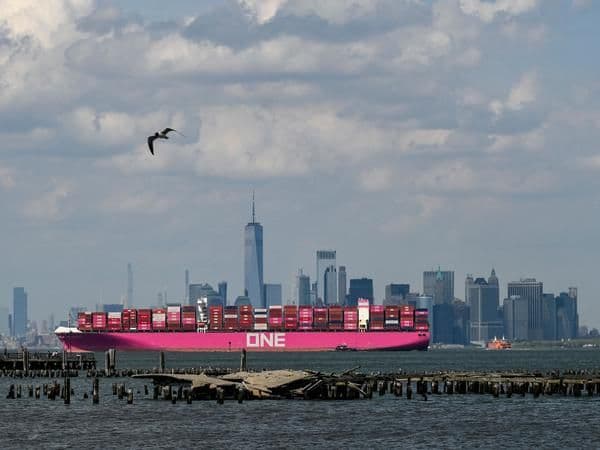
Ripple Effects: How Targeted Tariffs Reshape International Supply Chains
The implementation of such targeted and substantial tariffs inevitably sent ripples across the intricate web of international supply chains, compelling businesses and nations to rethink their global trade strategies. When a 15% tariff hits imports or a 39% duty is levied on goods, the cost of doing business with the US skyrockets for affected exporters. This increased expense often translates into higher prices for American consumers or reduced profit margins for US importers, prompting a re-evaluation of sourcing. Companies began exploring alternative manufacturing locations, diversifying their supply lines away from tariff-hit countries, or even considering reshoring production back to the United States. The White House's explicit goal to 'restructure world trade' was not just rhetoric; it was a directive that forced a tangible realignment of where goods are made, shipped, and sold. The ongoing trade negotiations with , even with an August 12th deadline looming, underscored this fluidity. The very act of delaying tariff enforcement, as seen with the August 7th start date, provided a brief, albeit tense, window for industries to brace for impact, illustrating the immediate need for adaptability in a rapidly changing trade landscape.
Judicial Checkmate? The Legal Battle Over Presidential Tariff Powers
Beyond the economic chessboard, Trump's tariff policies ignited a fierce legal battle, questioning the very extent of presidential authority in trade matters. The administration’s controversial legal foundation for these tariffs rested on the of 1977. Trump argued that the nation's growing trade deficits constituted a national security emergency, thus justifying the use of this act to impose 'reciprocal' tariffs via executive decree, bypassing Congress entirely. This was a novel interpretation, as the IEEPA had never before been invoked for tariff imposition. The courts quickly became a critical battleground. A New York court, the Court of International Trade, initially sided against the administration, blocking nearly all of Trump's tariffs by ruling he had overstepped his authority. While an appeals court later temporarily lifted this injunction, the skepticism among judges persisted. During a hearing, appellate judges expressed significant doubts, with one reportedly highlighting that the IEEPA statute notably omits any mention of 'tariffs.' This suggests a fundamental challenge to the administration's interpretation. The legal saga, potentially culminating in a Supreme Court review, casts a long shadow of uncertainty over the long-term validity and enforceability of these contentious trade measures.
Beyond the Board: The Future Trajectory of Global Trade under Trump's Shadow
The aggressive tariff policies of the Trump era have undoubtedly cast a long, transformative shadow over the future trajectory of global trade, irrespective of who occupies the White House. While the immediate objective was to address perceived trade imbalances and benefit American workers, the broader implications are far-reaching. The ongoing, often tense, negotiations with major trading partners like , even with a specific deadline in sight, signal a shift towards more bilateral and confrontational trade diplomacy, potentially sidelining multilateral institutions like the . The very act of using emergency powers to levy tariffs has set a precedent, raising questions about the stability and predictability of international trade rules. Critics, including many economists, continue to warn that the costs of these tariffs are borne not just by foreign exporters, but ultimately by American consumers and businesses, impacting purchasing power and competitiveness. The legal challenges, potentially reaching the Supreme Court, add another layer of uncertainty, as a definitive ruling on presidential tariff powers could reshape future administrations' abilities to wield such economic tools. In essence, Trump's trade chessboard has not merely rearranged pieces; it has fundamentally altered the rules of engagement, fostering an environment where trade is increasingly viewed as a weapon in a broader geopolitical strategy, demanding constant adaptation from businesses and nations alike.
Related Articles
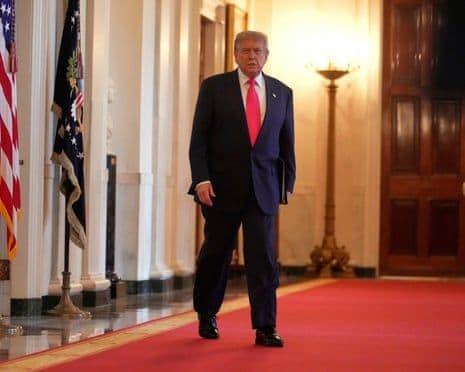
The Reciprocal Ripple: Unraveling Trump's Trade Gambit on the Global Stage

The Reciprocal Ripple: Unraveling Trump's Trade Gambit on the Global Stage
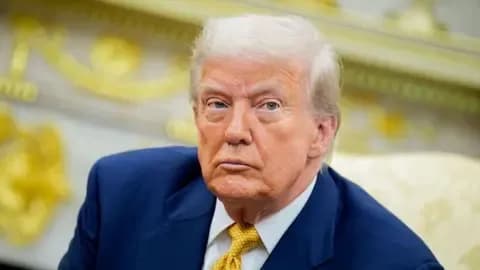
The Gavel's Echo: Unraveling the Constitutional Seismic Shift in US Trade Policy

The Gavel's Echo: Unraveling the Constitutional Seismic Shift in US Trade Policy
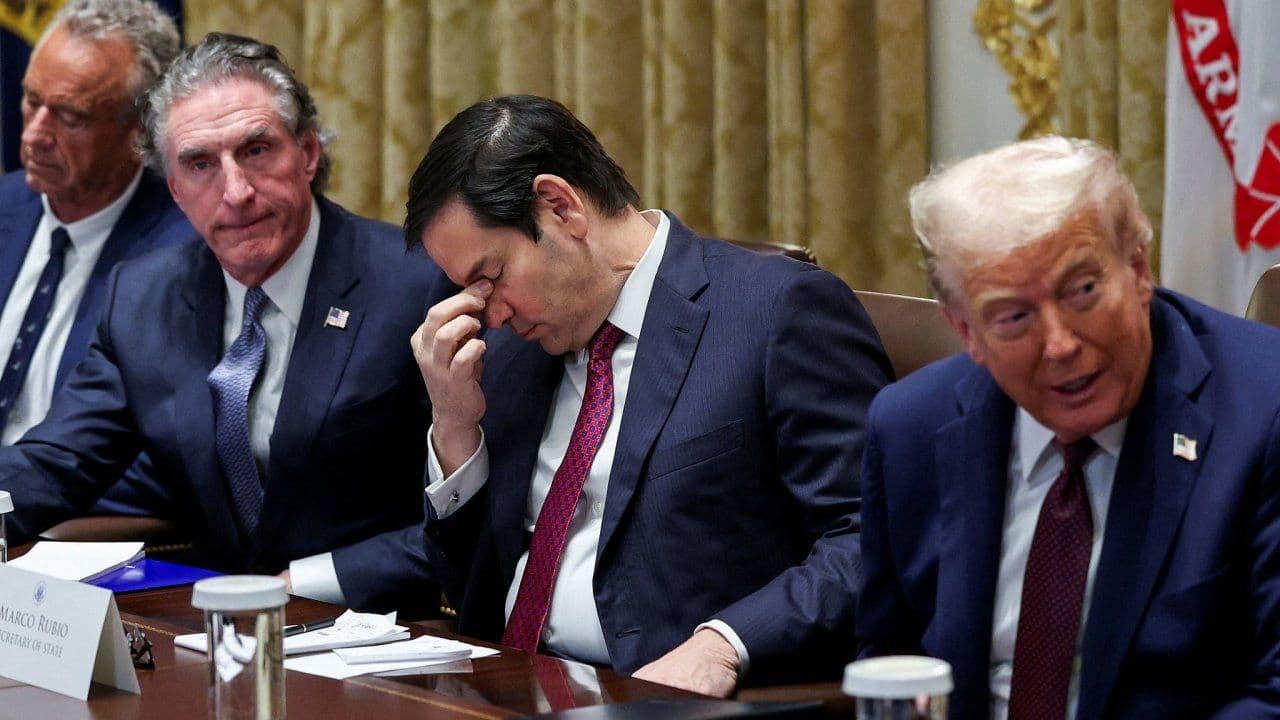
The Constitutional Tightrope: Courts Challenge Presidential Trade Emergency Powers

The Constitutional Tightrope: Courts Challenge Presidential Trade Emergency Powers
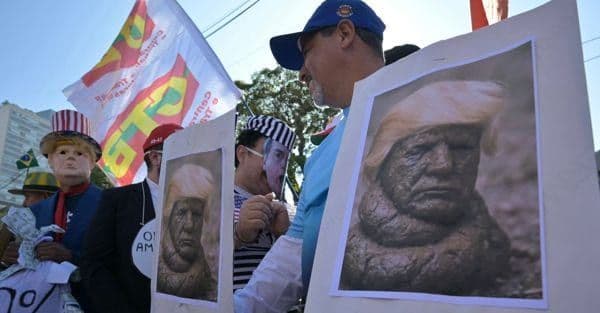
The Unpredictable Toll: Unpacking Trump's Differentiated Tariffs on Global Partners
